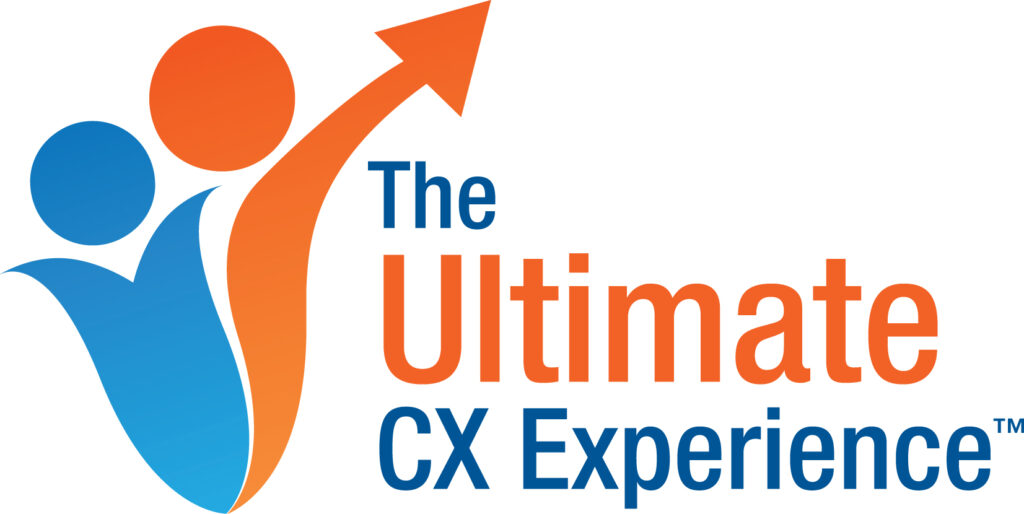
Some people who I know really well are doing some home renovations.
One of the things these people are finding out is that in the building game, there are a number of possibilities available when it comes to building and installing certain things.
When it comes to making choices, these people have found the following options:
- There’s what’s physically possible to do
- There’s what the client wants to happen
- There’s what the builder or the installer wants to do
What usually happens is that the client wants what is possible to do, but the builder or the installer has a set “product” that they want to deliver that works for the tradesman, but delivers a less than best result for the client.
For example, these people wanted a large picture window to be installed in their house at the end of a wide hallway, so as to capture a sweeping rural view.
The window company that these people first approached said that this wide window was not possible, and that the couple would need to install two windows separated by a vertical divider.
The couple then approached another window company about the feature window, and low and behold, the answer from the second company was:
“Yes, we can make that window.”
Does this sort of thing happen in health care?
Many years ago when laser eye surgery was in its infancy, I sought an opinion from a local ophthalmic surgeon who I trusted, who recommended that I undergo PRK surgery. This surgeon told me that Lasik was a more risky procedure, and that PRK was the preferred choice for me to take.
PRK surgery involved treating one eye at a time, three months apart.
What I wasn’t told was that there was a significant post-operative recovery time following PRK surgery.
I had PRK surgery on one eye, and what I found was that the post-operative PRK surgery period was excruciatingly long [four weeks] and extremely painful.
The surgery was so painful that I decided to investigate and go ahead with Lasik surgery as the treatment of choice for my untreated other eye.
After the Lasik surgery I found that the post-operative recovery following surgery was PAIN FREE and uneventful from the very next day.
Seems like I was sold a flick pass by the first surgeon….
In dentistry…
In dentistry some dentists tend to treat what they are comfortable doing.
What seems to happen is that patients’ treatment needs are diagnosed according to the skill level of the dentist and that dentist’s ability to perform certain procedures, as opposed to the treating of the actual condition of the patient.
Ultimately…
Ultimately, the consumer needs to be given the option of best possible scenario, even if it’s a treatment that that health care professional cannot perform, or an installation that that particular tradesman is not able to do.
If someone else can perform the necessary procedure, the customer needs to be informed of that option and needs to be given the opportunity of exploring that path.
The client, customer, or patient should not be corralled into a less than optimal pathway just because that pathway is the preferred option of that supplier.
Any supplier who manoeuvres a patient or customer into that supplier’s preferred method of treatment or method of doing business is really letting their client down.
*************

Dr. David Moffet BDS FPFA CSP is a certified CX Experience coach. David works with his wife Jayne Bandy to help SME businesses improve their Customer Service Systems to create memorable World Class experiences for their valued clients and customers. Click here to find out how David and Jayne can help your business
